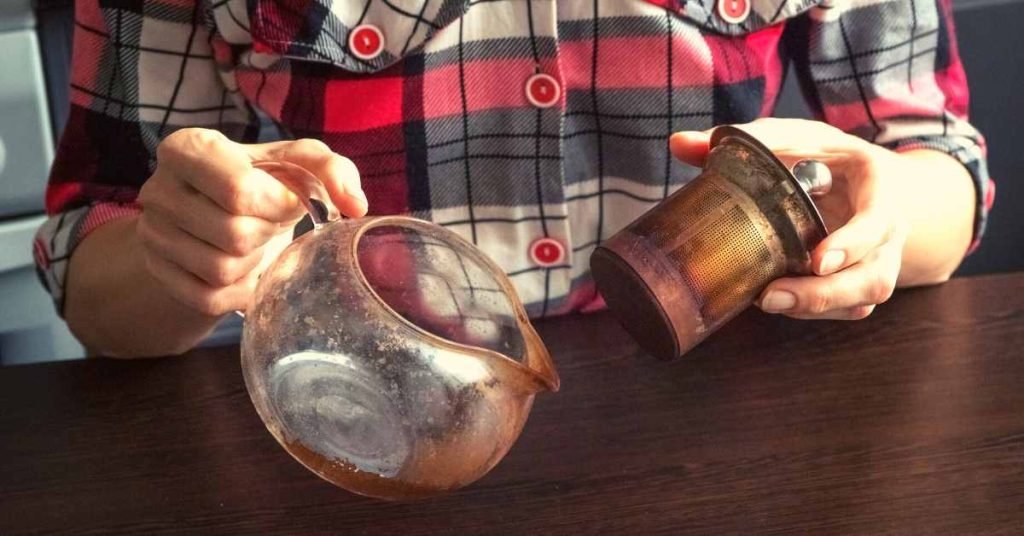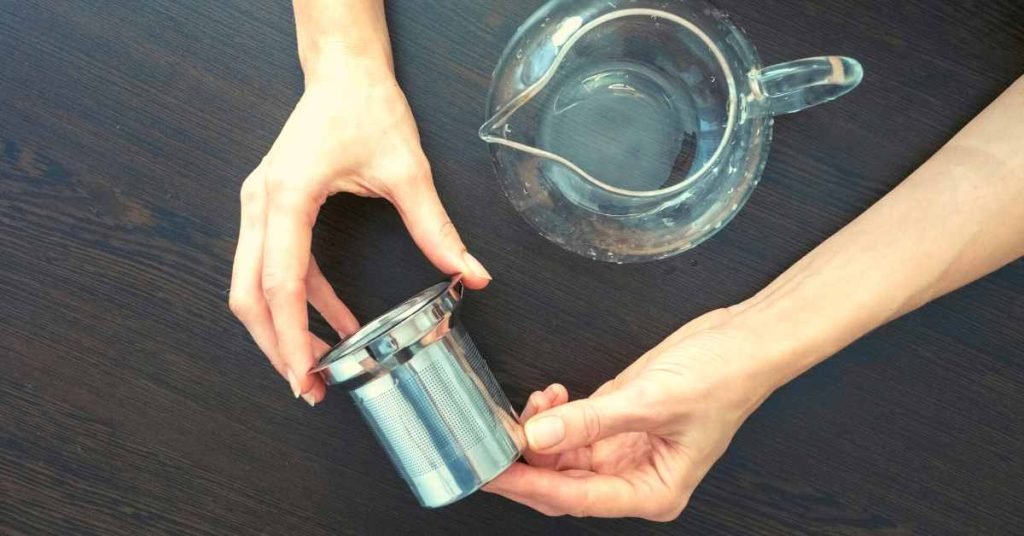How to clean the scale from the teapot?
Avoiding scale in teapots is something completely possible to do, in a much simpler way than you think.
Although in many places, hard water ends up visibly affecting the condition of the teapots, with a simple procedure you can make it look as good as new.
There’s something incredibly comforting about a steaming cup of tea, isn’t there? Whether you savor the delicate notes of green tea or indulge in the robust flavors of black tea, one thing is sure: a clean teapot is essential for that perfect brew.
Over time, mineral deposits, stains, and residue can accumulate inside your teapot, impacting the taste and quality of your beloved beverage.

But fear not! With a little knowledge and the right techniques, you can easily restore your tea kettle to its pristine state and ensure every cup of tea is a delightful experience.
In this comprehensive guide, we’ll walk you through the step-by-step process of cleaning your teapot, offering tips, tricks, and expert advice to help you achieve impeccable results.
Whether you have a stainless steel kettle, an electric kettle, or even an enamel-coated one, we’ve got you covered.
Say goodbye to limescale, discoloration, and off-flavors, and say hello to a rejuvenated tea kettle that will elevate your tea-drinking rituals.
But before we delve into the cleaning techniques, let’s briefly explore the importance of maintaining a clean teapot.
Not only does regular cleaning enhance the flavor and aroma of your tea, but it also prolongs the lifespan of your kettle and ensures its efficient functioning.
By removing mineral deposits and residue, you prevent clogging, maintain heat distribution, and extend the life of heating elements, keeping your teapot in top shape for years to come.
So, if you’re ready to embark on a journey of tea kettle cleanliness, read on as we unveil the secrets to a spotless and revitalized brewing companion.
From natural cleaning solutions to handy maintenance tips, get ready to rediscover the joy of brewing the perfect cup of tea with a gleaming, well-cared-for teapot.

Is your tea kettle full of scale? Then, it is likely that the water in the area where you live is of the type that is commonly known as hard water.
What is hard water? Well, in principle, hard water is nothing more or less than water with a high mineral content.
In general, calcium and magnesium carbonates, which are responsible for the formation of scale, which is deposited in your kettle.
Hard water is usually quite harmful to many of the utensils you have in your home. Teapots, being in full contact with water, are the ones that most commonly suffer from this type of problem. But… don’t despair!
You will see that your teapot can be easily freed from scale with some simple home procedures.
White vinegar: a classic that never fails
The most common one, which works for both teapots and electric kettles and any other appliance that has scale buildup, is to boil vinegar inside your kettle -as long as it is metallic and suitable for a such procedure- or directly add the vinegar boiling in it, allowing it to rest for a few minutes. To do so, follow these steps:

- Fill your kettle three-quarters full with a mixture of half vinegar and half water.
- Let it boil for at least 20 minutes.
- If there is still scale, repeat the process.
- Finally, rinse with clean water to remove all the tartar and vinegar residue.
- You will see how well it turns out.
Lemon juice: a powerful cleaner
Many other people choose to do this same procedure with boiling water and lemon. As you may already know, the properties of lemon for this purpose are often quite similar to vinegar and will also work wonders. Try it and then let me know.
Baking soda: a very effective anti-scale agent
Some others are inclined to clean them with baking soda. Make a paste with baking soda and water and let it act on the scale plates of your teapot.
Baking soda is a powerful abrasive that will soften the scale deposits and loosen them.
Add water before rinsing and boil with the baking soda solution.

Finally, rinse to remove the baking soda and remove all the tartar that has been dislodged.
How Often Should You Clean Your Teapot?
Determining how often you should clean your tea kettle depends on several factors, including the frequency of use and the quality of your water supply.
As a general rule of thumb, cleaning your tea kettle at least once every month is recommended to maintain its optimal performance and prevent the buildup of mineral deposits.
However, if you notice any signs of scaling, discoloration, or off-flavors in your tea, it’s a clear indication that your kettle requires cleaning.
For areas with hard water, where the mineral content is high, you might need to clean your tea kettle more frequently, perhaps every two weeks or even weekly, to combat the accumulation of limescale and other deposits.
On the other hand, if you have access to soft water, you may be able to stretch the cleaning interval to once every two months.
In addition to regular cleaning, it’s a good practice to perform a quick rinse and wipe-down of your tea kettle after each use.
This helps remove any residual tea or sediment and keeps your teapot in a better state between thorough cleaning sessions.
Remember, the cleanliness of your teapot directly affects the taste and quality of your brewed tea, so it’s essential to maintain a consistent cleaning routine to ensure an optimal tea-drinking experience.
MEDICAL DISCLAIMER
Itsnevernotteatime.com cannot and does not contain medical/health advice. The medical/health information is provided for general and educational purposes only and is not a substitute for professional advice.




